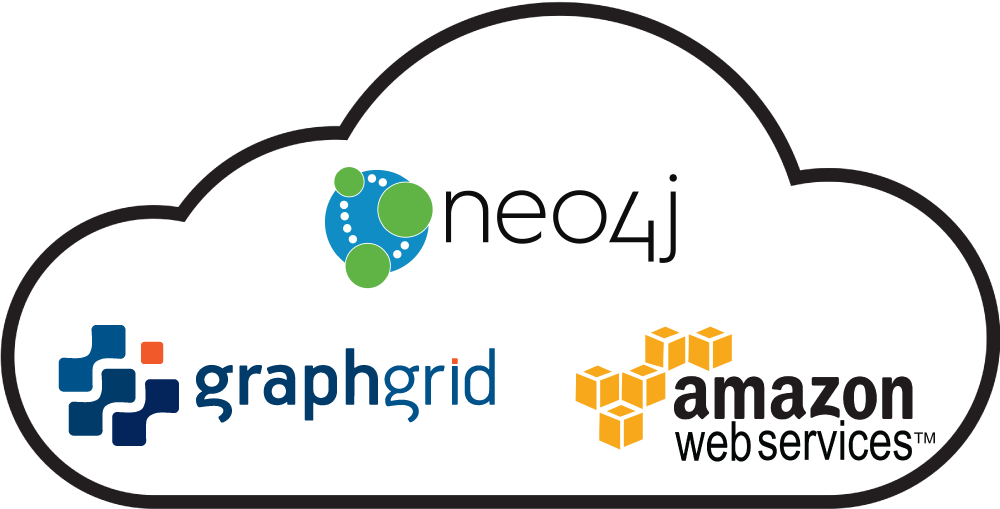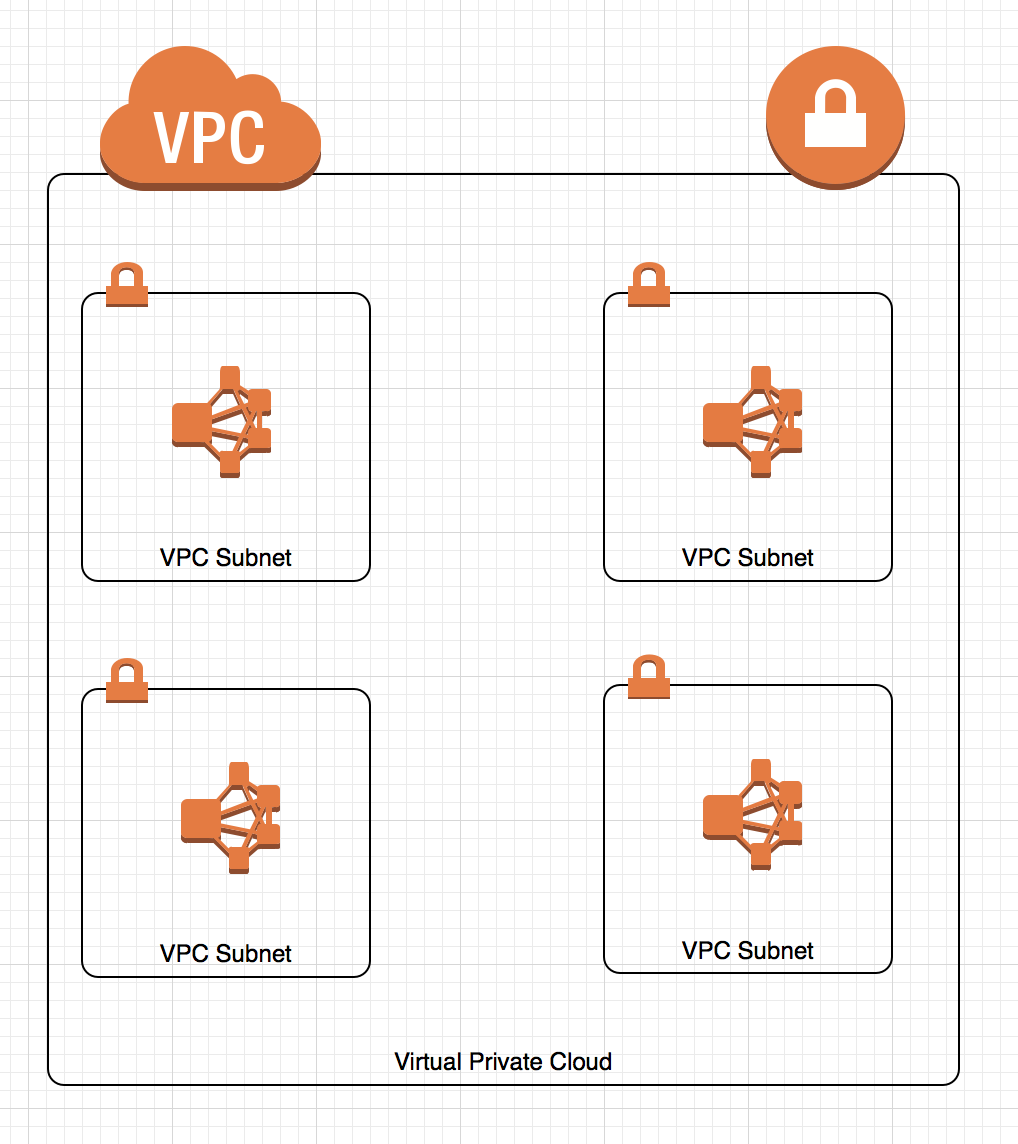The most common recommendation engines we interact with daily involve social media (the people we may know), retail (the products we may like), and entertainment (the music, clips and/or movies presented next in our streams).
Yet these are just the tip of the recommendation iceberg. When we look deeper into the inner workings of the largest organizations, enterprises and agencies in the world with critical business and mission decisions to make – based on a constant flow of ever changing, highly inter-connected data – we find much more complex and significant types of recommendations coming into play through prescriptive recommendation engines.
The ability to quickly and confidently make informed decisions is paramount in rapidly evolving mission scenarios. Designing and building reliable prescriptive recommendation engines starts with taking advantage of real-time connected data; the fuel for what will drive forward-thinking and innovative mission goals within an organization.
Prescriptive Recommendation Engines Guide Critical Decision Making
Organizations have many dynamic objectives but only a limited number of authorized resources for critical analysis and decision-making. Prioritizing decisions requiring skilled human input andRead More......






